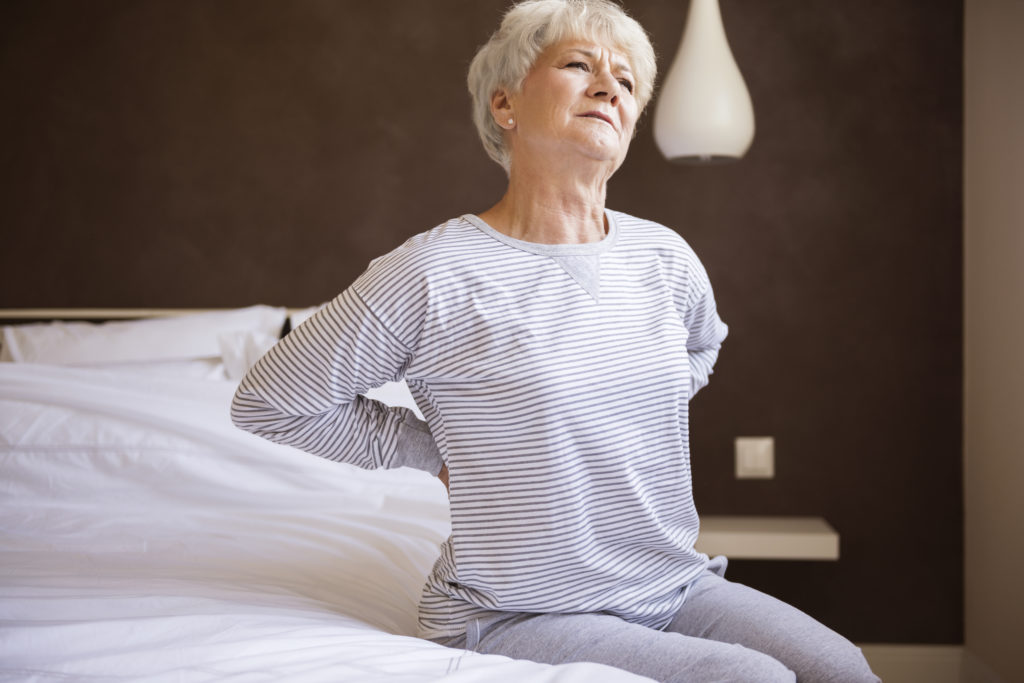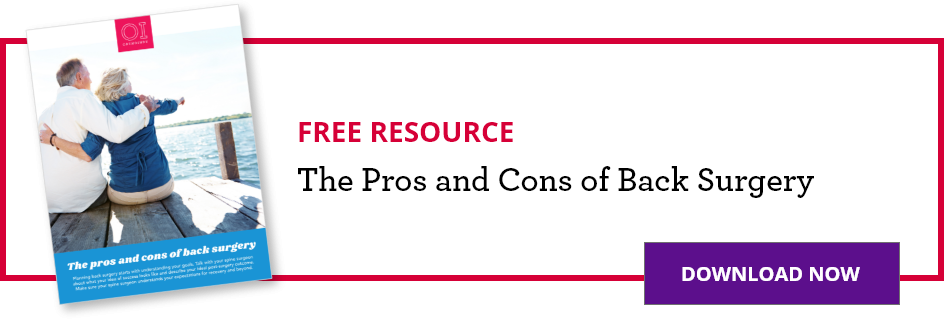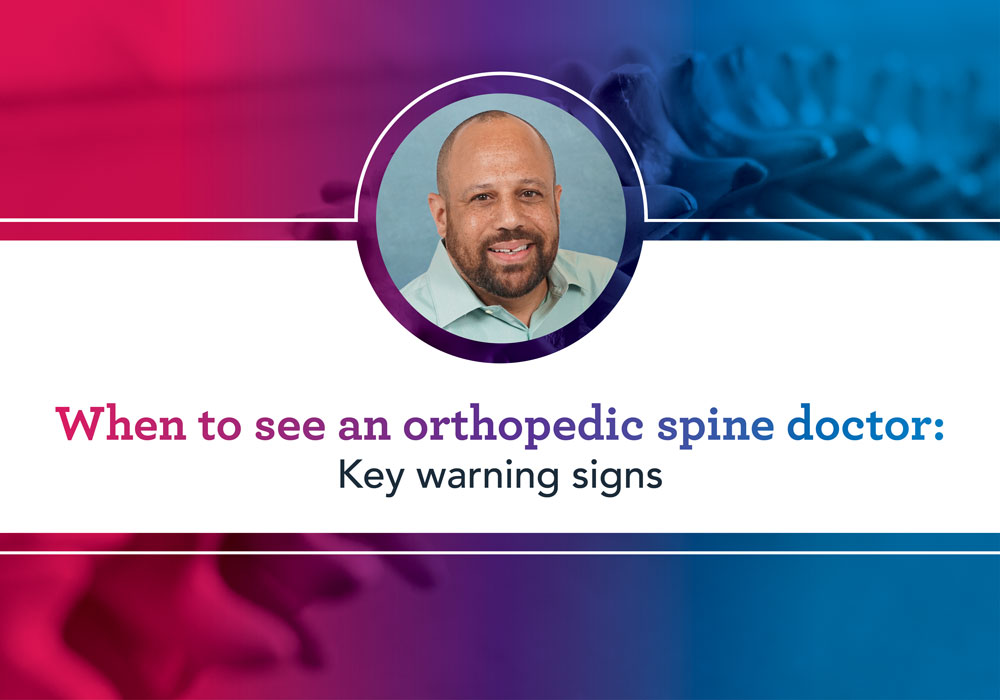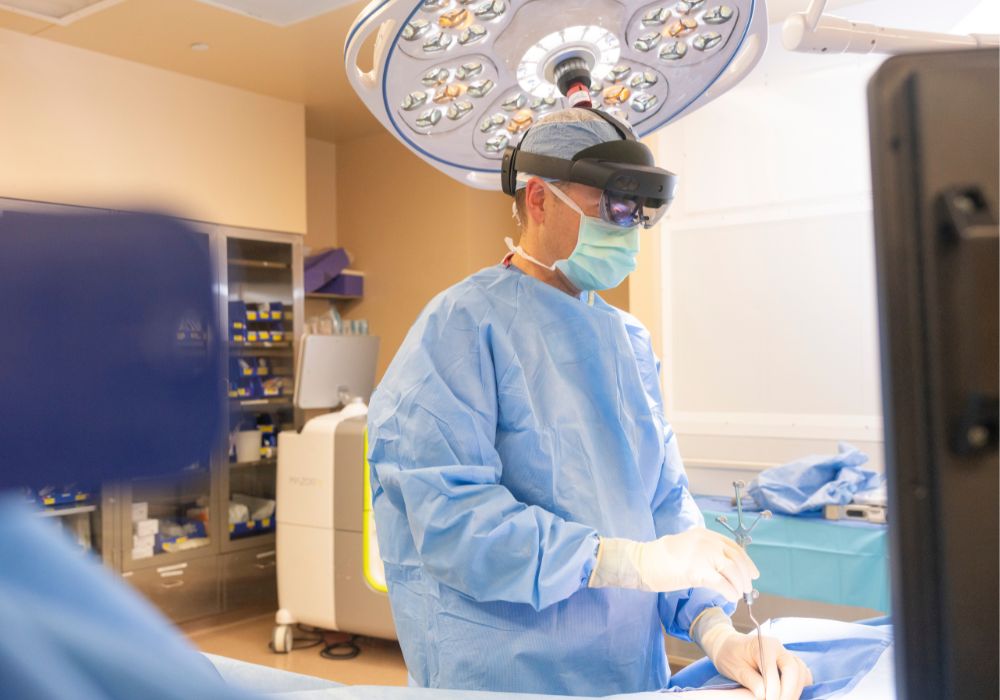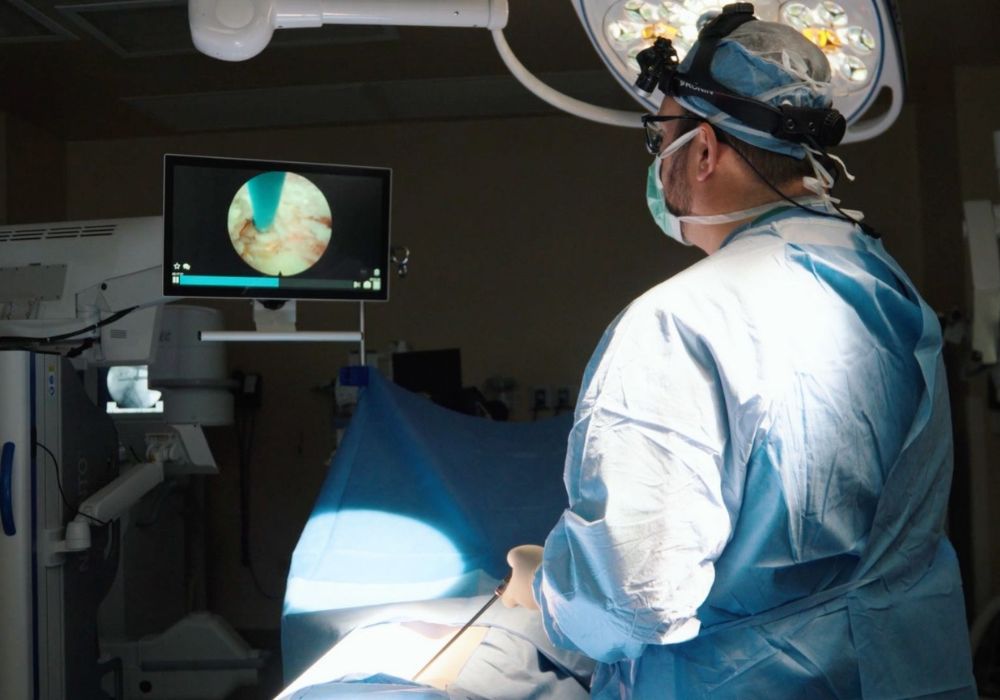THIS POST IS PART OF THE ULTIMATE GUIDE TO BACK PAIN RELIEF
Lumbar stenosis is when the canal that carries the nerves through the lower back narrows. Lumbar spinal stenosis typically occurs as a result of aging and symptoms may develop slowly over time.
Anatomy
The spine is made up of 24 bones, called vertebrae, which are stacked on top of one another. These bones connect to protect the spinal cord. Muscles, ligaments, nerves and intervertebral discs are also part of your spine.
What causes lumbar spinal stenosis?
Arthritis refers to degeneration of any joint in the body and is the most common cause of spinal stenosis. As a spinal disc degenerates and loses water content arthritis can result. The cartilage that covers and protects the joints begins to wear away.
If the cartilage wears away completely, it can result in bone rubbing on bone. To make up for the lost cartilage, your body may respond by growing new bone in your facet joints to help support the vertebrae. Over time, this bone overgrowth-called spurs-may narrow the space for the nerves to pass through.
Symptoms of lumbar spinal stenosis
- Discomfort in your back, buttocks and legs
- Pain, cramping or weakness when you walk
- Less pain while sitting or leaning forward
- Pain when running or golfing
Physician examination
To determine whether you have lumbar spinal stenosis, your physician will ask you for a complete medical history and conduct a physical examination. Other tests which may be ordered to confirm your diagnosis include: X-ray, MRI or in rare cases, a CT scan.
Make an appointment with an OrthoIndy spine surgeon
How is lumbar spinal stenosis treated?
Once someone develops pain from lumbar stenosis they most commonly tend to have that pain unless it is treated. Roughly 10 percent of patients may have a spontaneous recovery and another 20 percent may have some worsening over time. The remaining 70 percent tend to have symptoms that do not particularly improve or worsen over time. Developing a paralysis or nerve injury is very rare unless someone has severe narrowing around their nerves or had a sudden injury.
- Oral steroids
- Nerve medications
- Over the counter pain medication
- Spinal injections
- Physical Therapy exercises
Make an appointment with one of our non-operative pain management physicians.
Surgery
The surgeries for lumbar stenosis are very effective for reducing or eliminating the pain that stems from pressure on the nerves. Many patients choose surgery when they have not had relief from the other nonsurgical treatments. The most common surgery is called a laminectomy.
Rehabilitation
Surgeons are different in their protocols for recovery. In general, it is acceptable to walk up to several miles a day immediately following surgery. Some physicians recommend a course of physical therapy and strengthening two weeks after surgery. During this time, there are still limitations on bending, lifting and twisting. All restrictions are lifted approximately six weeks after surgery.
Learn more about treatment options for neck and back pain at OrthoIndy.
Schedule an appointment
Your well-being is important to us. Click the button below or call us to schedule an appointment with one of our orthopedic specialists. If your injury or condition is recent, you can walk right into one of our OrthoIndy Urgent Care locations for immediate care. For rehabilitation and physical therapy, no referral is needed to see one of our physical therapists.
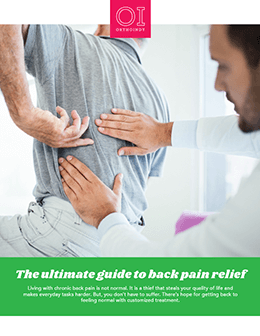
Get the Ultimate Guide to Back Pain Relief
Our comprehensive guide will help you understand back pain and its different causes, like sciatica, herniated disk, scoliosis, pinched nerves and more.


